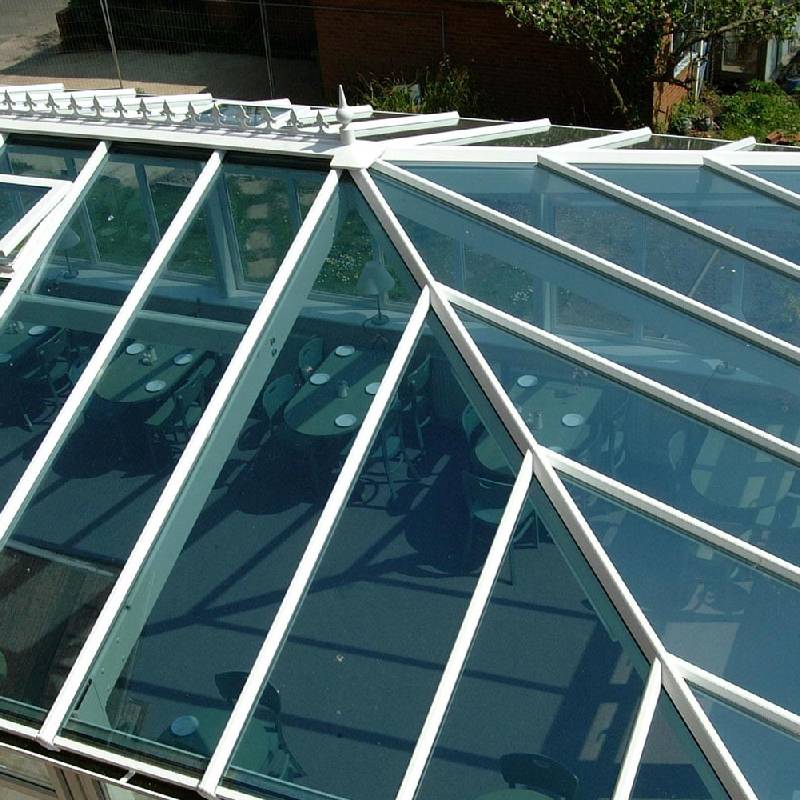

Types of Tinted Glass Enhancing Aesthetics and Functionality
Tinted glass has become an essential feature in modern architecture and interior design, combining aesthetics with functionality. It refers to glass that has been treated to reduce glare, shade, and heat while allowing natural light to enter spaces. The various types of tinted glass not only enhance the visual appeal of buildings but also offer numerous benefits related to energy efficiency, privacy, and UV protection. This article explores the different types of tinted glass and their applications.
1. Heat-Absorbing Glass
Heat-absorbing tinted glass is designed to absorb solar energy, which helps in controlling indoor temperatures. This type of glass typically features a colored or tinted film that reduces the amount of heat that passes through while still allowing natural light. As a result, the interiors of buildings remain cooler in warmer climates. It is commonly used in commercial buildings, storefronts, and residential properties seeking to minimize air conditioning costs.
2. Reflective Glass
Reflective glass is another popular option that enhances energy efficiency significantly. It is coated with a thin layer of metal oxide, which reflects solar energy away from the building. This not only minimizes heat gain but also provides privacy during daylight hours, as the glass appears mirrored from the outside. Reflective glass is often used in high-rise buildings and modern offices to give a sleek, professional look while decreasing the reliance on artificial cooling.
3
. Low-emissivity (Low-E) GlassLow-E glass features a microscopically thin coating that reflects heat back into the room while allowing natural light to pass through. This type of tinted glass is particularly effective in reducing energy loss, making it an excellent choice for environmentally conscious builders and homeowners. By maintaining consistent indoor temperatures, Low-E glass also contributes to reduced energy bills. It’s commonly used in residential buildings, particularly in areas with extreme temperatures.
4. Hybrid Tinted Glass

Hybrid tinted glass combines multiple types of coatings or treatments to achieve various benefits. For instance, it might include elements of both reflective and heat-absorbing technologies, providing warmth in cooler conditions while reducing glare and heat in warmer climates. This versatility makes hybrid tinted glass a popular choice for modern architecture, where energy efficiency and aesthetic appeal are both critical considerations.
5. Colored Tinted Glass
Colored tinted glass adds a decorative element to windows and facades while providing some level of privacy and glare reduction. The glass can come in a variety of shades, allowing architects and designers to create unique looks that enhance the building's overall design. While it might not be as effective in energy savings as reflective or Low-E glass, it is often used in artistic installations or as a distinctive architectural feature.
6. Privacy Glass
Privacy glass is specially treated to obscure visibility while still allowing light to filter through. It can be achieved through different methods, such as acid etching or applying a transparent film. This type of tinted glass is often used in bathrooms, conference rooms, and other areas where privacy is paramount. It allows for natural light to enter while preventing people outside from seeing in.
7. Smart Glass
Smart glass technology is an emerging field that allows the transparency of the glass to be altered electronically. This can be controlled through various mechanisms, such as touch panels or smartphone applications. Smart glass can change from transparent to opaque, providing flexibility in aesthetics and privacy. It can also assist in controlling solar heat gain, making it an innovative choice for the tech-savvy homeowner or business.
Conclusion
The variety of tinted glass options available today demonstrates the intersection of technology, design, and functionality in modern architecture. By selecting the appropriate type of tinted glass, architects and homeowners can enhance the energy efficiency, aesthetic appeal, and overall comfort of a building. Whether through heat-absorbing glass, reflective coatings, or innovative smart glass technologies, tinted glass continues to play a vital role in contemporary design solutions. As awareness of energy efficiency and environmental concerns grows, the demand for tinted glass solutions is expected to increase even further, paving the way for a more sustainable future in architecture and construction.